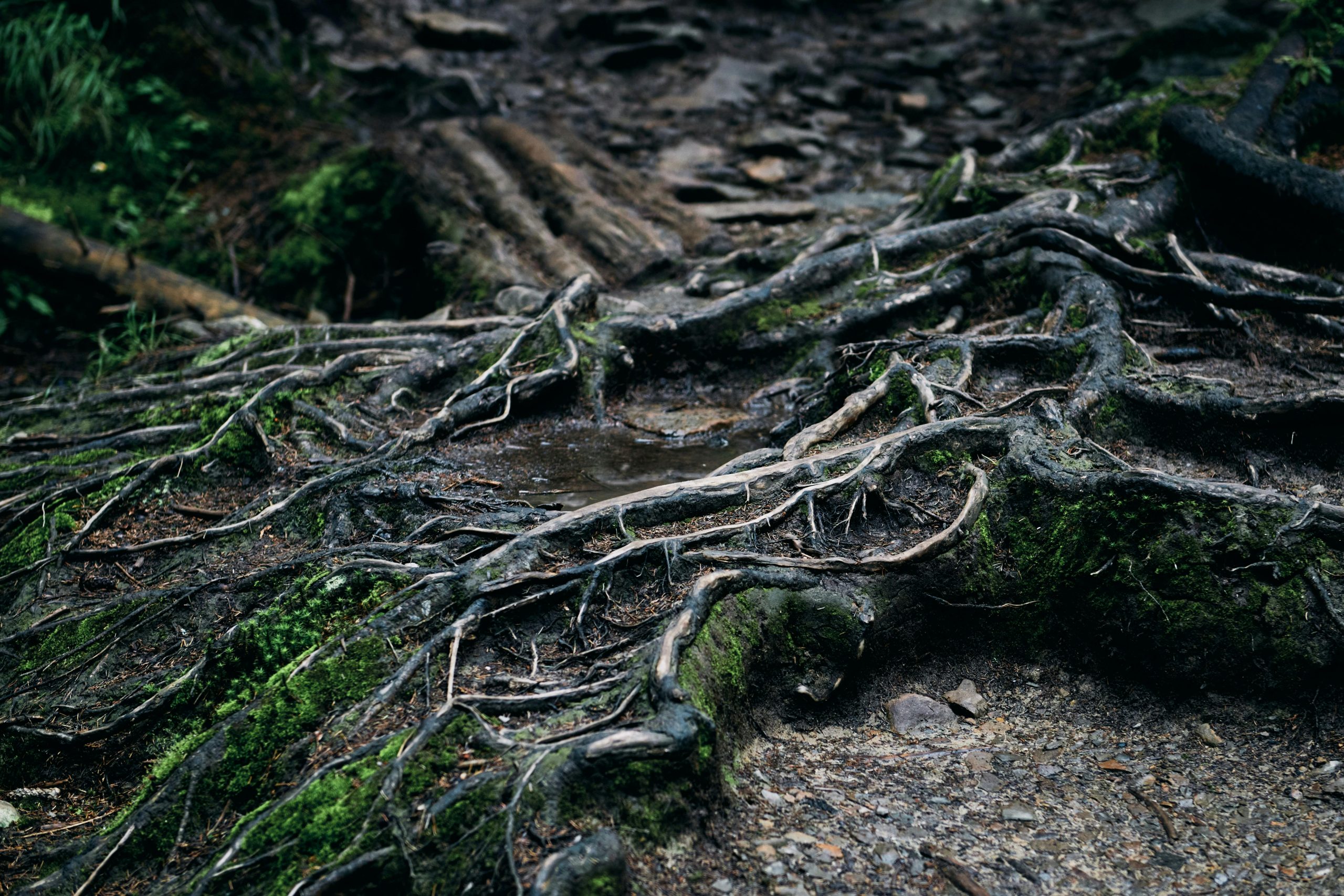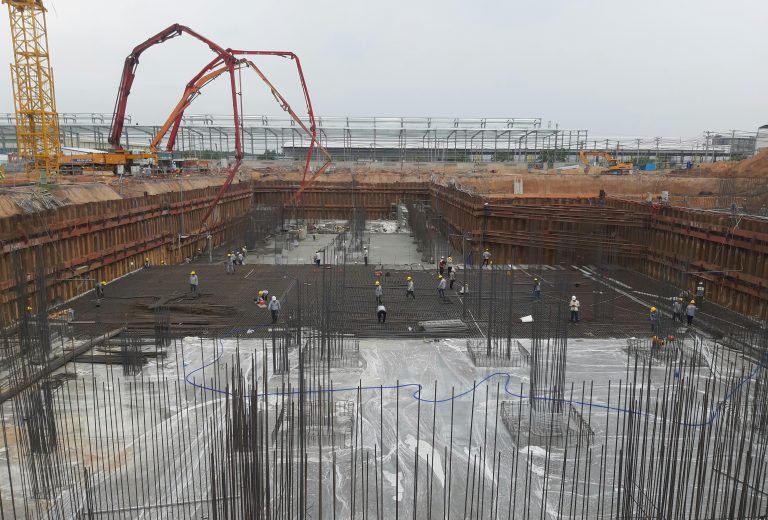- Proper drainage systems prevent foundation damage by diverting water away, necessitating regular inspections and maintenance.
- Stabilizing soil through grading and landscaping mitigates erosion, preventing settlement and ensuring foundation integrity.
- Plant trees at a safe distance and manage root growth to protect building foundations from damage.
- Regular foundation inspections and employing concrete repair professionals can address and prevent concrete decay effectively.
The foundation of any building is crucial for its stability and longevity. When it comes to commercial properties, there are certain factors that can pose a threat to the building’s foundation. This blog will discuss things that can potentially damage the foundation of commercial properties and how to address these issues to ensure the safety and integrity of the building.
Poor Drainage
One of the most common causes of foundation damage in commercial properties is poor drainage. When water is not correctly diverted away from the building, it can seep into the soil around the foundation and cause it to shift or crack. To prevent this issue, it is essential to have proper drainage systems in place, such as gutters, downspouts, and French drains. Regular maintenance and inspections of these systems can help ensure they are functioning effectively.
Soil Erosion
Another factor that can threaten the foundation of commercial properties is soil erosion. When soil erodes around the foundation, it can create empty spaces underneath the building, leading to settlement or sinking. To address this issue, it is essential to stabilize the soil around the foundation through methods such as grading, landscaping, or installing retaining walls. Regular monitoring of soil erosion and taking proactive measures can help prevent further damage to the foundation.
Tree Roots

Trees planted too close to commercial buildings can also pose a threat to the foundation. As tree roots grow larger and spread out, they can exert pressure on the foundation and cause it to crack or heave. To mitigate this risk, it is crucial to plant trees at a safe distance from buildings and regularly trim their roots if necessary. Installing root barriers can also help prevent tree roots from encroaching on the foundation.
Concrete Decay
Concrete is one of the most commonly used materials for building foundations, but it is not immune to decay. Over time, concrete can deteriorate due to various factors, such as exposure to moisture, harsh weather conditions, or chemical reactions. Regular inspections and maintenance can help identify and address any signs of concrete decay before it becomes a significant issue for the foundation.
Employing the help of a professional concrete repair company can also ensure that any repairs are done correctly and effectively. They can also provide recommendations for preventative measures to prolong the lifespan of the foundation. Additionally, they may be able to identify any underlying issues that could potentially cause future damage, allowing for early intervention and prevention.
Natural Disasters
Natural disasters can also threaten the foundation of commercial properties. While these events cannot always be prevented, there are measures that can be taken to minimize their impact on the building’s foundation. Here are four of the most common types of natural disasters, how they can affect foundations, and what you can do to protect your commercial building:
Floods
Heavy rainfall or overflowing bodies of water can saturate the soil around a foundation, causing it to become unstable and potentially lead to settlement or washout. To prevent this, proper site drainage systems should be in place to redirect excess water away from the foundation.
Earthquakes

Earthquakes can cause shifts in the soil, which can put stress on a foundation and lead to cracks or even collapse. Investing in earthquake-resistant building materials and implementing seismic retrofitting techniques can help minimize damage to the foundation.
Hurricanes and Tornados
High wind speeds from hurricanes and tornados can create pressure on the walls of a building, causing them to crack or bow. Building codes and regulations in areas prone to these types of natural disasters often require reinforced walls and foundations to withstand the force of high winds.
Wildfires
Wildfires can cause severe damage to a building’s foundation by burning away vegetation that helps stabilize the soil. In addition, heat from the fires can also cause expansion and contraction of the soil, leading to foundation movement. To protect against wildfires, it is essential to have a defensible space around the building and invest in fire-resistant construction materials.
While these are some of the most common natural disasters that can impact commercial buildings, it is essential to also consider other potential risks, such as sinkholes, landslides, and volcanic eruptions. Conducting regular inspections and implementing preventive measures can help protect a building’s foundation from these natural hazards.
Safeguarding the foundation of commercial properties is essential for maintaining their stability and longevity. Addressing common threats like poor drainage, soil erosion, invasive tree roots, concrete decay, and natural disasters through regular maintenance, proper planning, and professional intervention is crucial. By taking these proactive steps, property owners can ensure the safety and integrity of their buildings against potential foundation damage.

